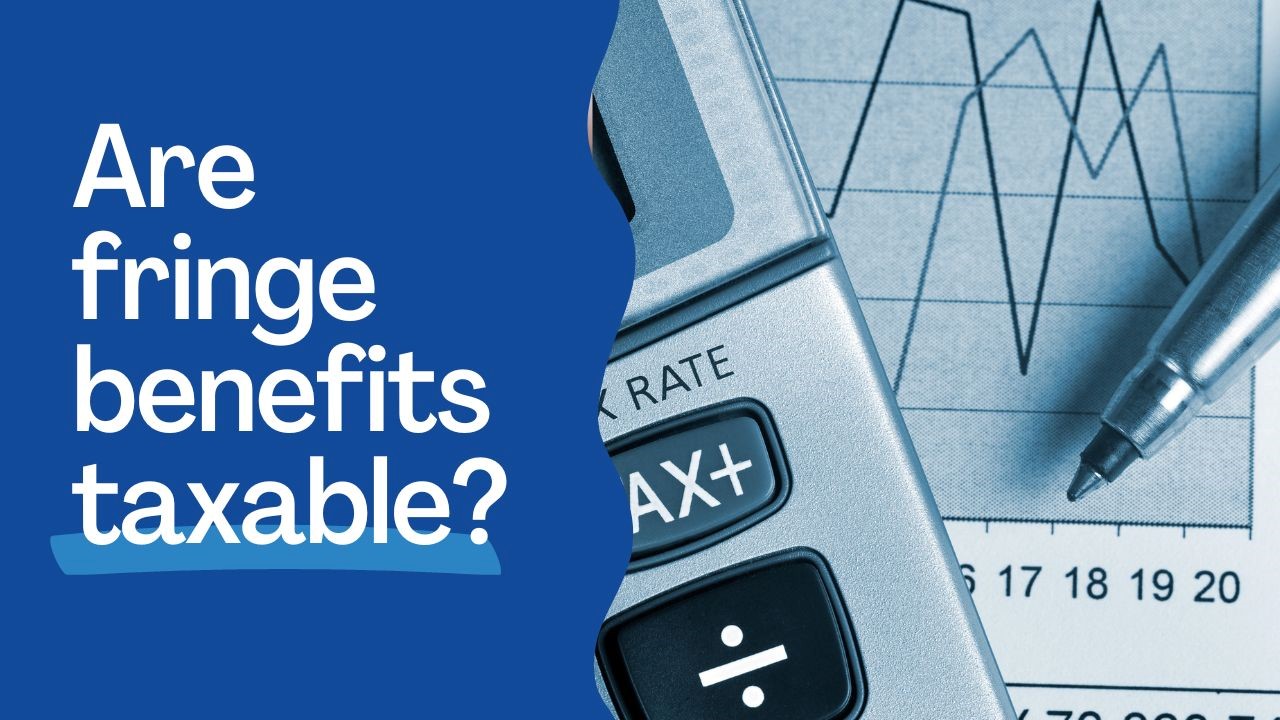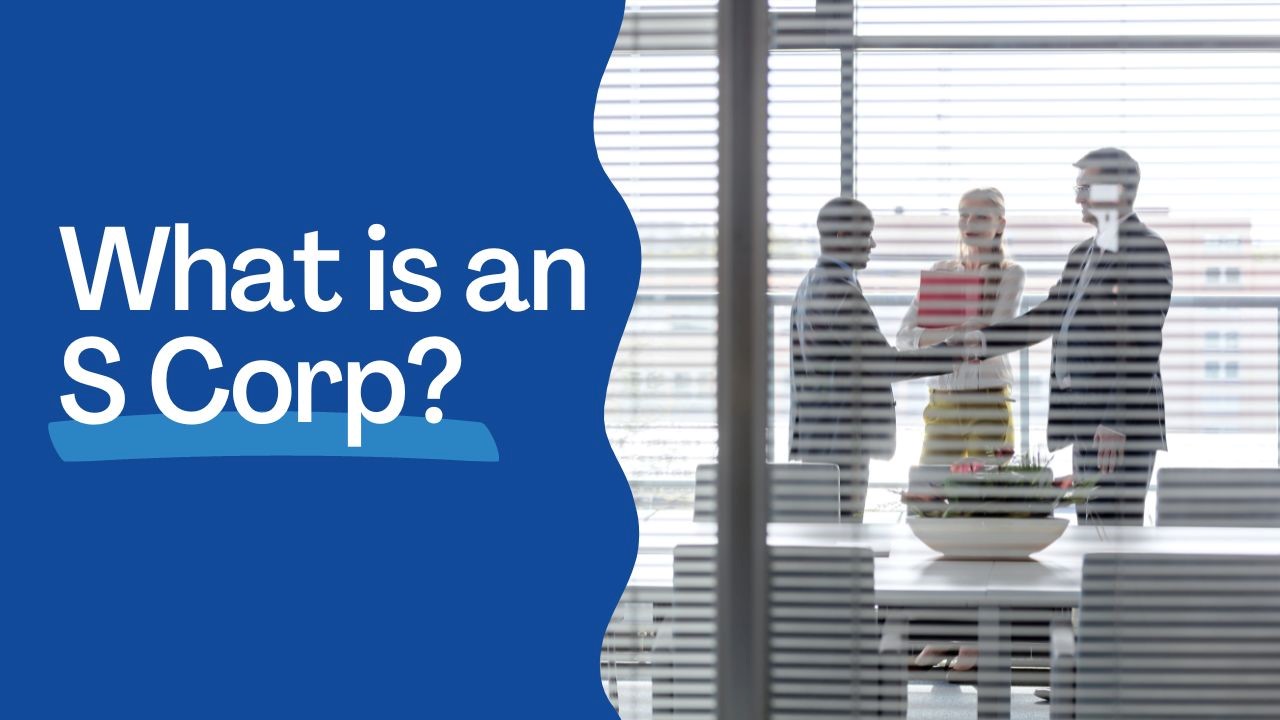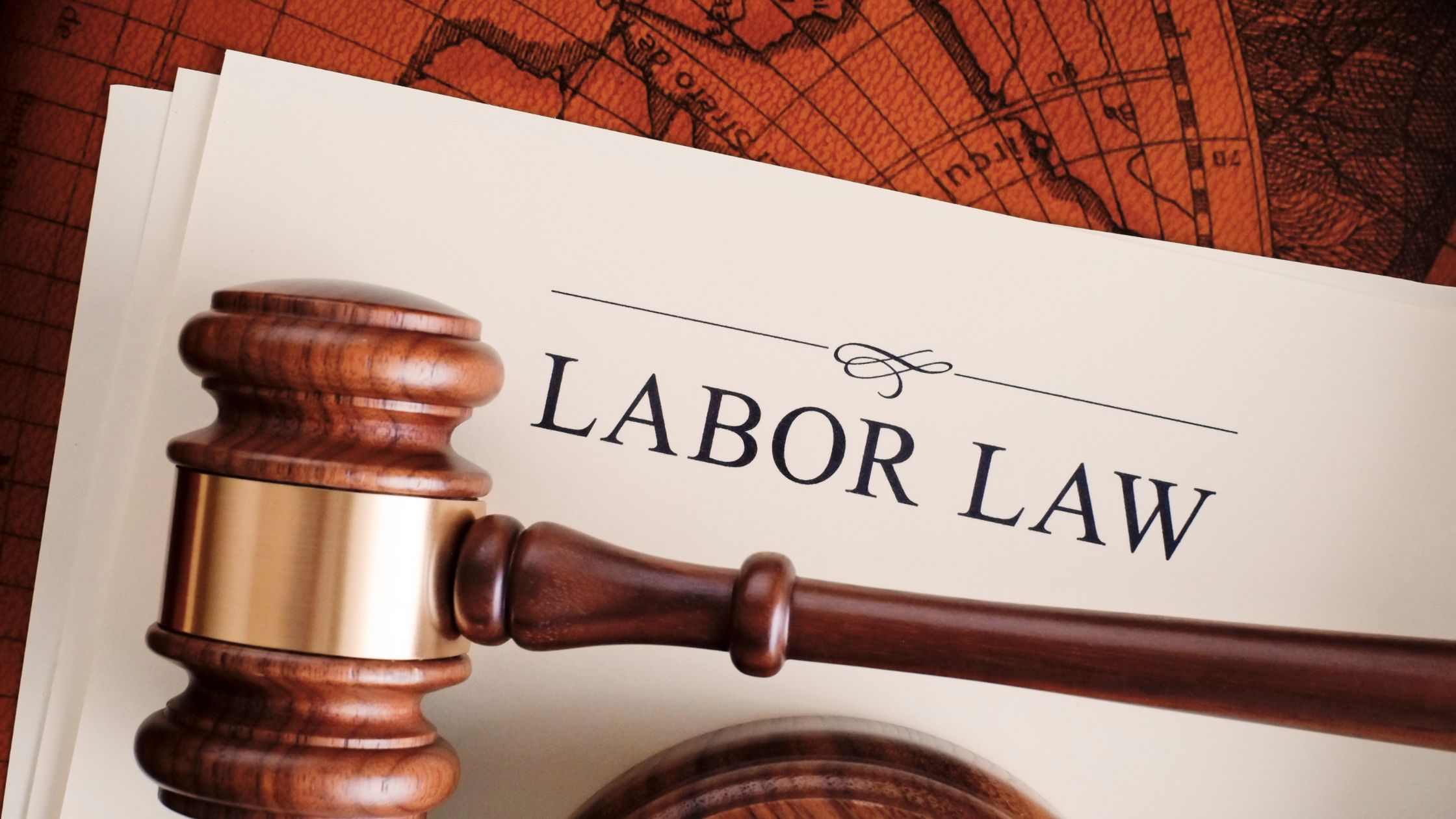Tax Treatment of Fringe Benefits for 2% S Corp Shareholders
The twin talent challenges of recruitment and retention shed light on the external and internal factors behind them. On the outside, businesses have to deal with the lack of well-qualified candidates, and on the inside, they need to acknowledge that they have uncompetitive compensation offerings.
With this, organizations have started reviewing their employee compensation plans to attract candidates and improve job satisfaction and employee retention.
Aside from workers’ basic wages and salaries, a compensation package can have a lot of other components, collectively known as fringe benefits.

A fringe benefit is an advantage given to employees in addition to their basic compensation, which may be provided for various reasons, such as compensating employees for work-related costs, increasing employee retention, and attracting potential recruits.
It may come in the form of paid time off, use of a company car, accident and health benefits, educational assistance, employee discounts, meals and lodging, and life insurance coverage.

Fringe benefits are generally subject to employment taxes and reported on Form W-2, except when the exclusion rules apply.
These special rules provided by the Internal Revenue Service (IRS) are extensive in its treatment of fringe benefits under employment taxes – income tax withholding, social security and Medicare, and federal unemployment tax (FUTA). However, this does not apply to all kinds of corporations, as some otherwise excludable fringe benefit items are considered taxable wages when the recipient is a 2% S Corporation shareholder. These benefits should be included in the 2% shareholder’s compensation and cannot be treated as a reduction in distributions to such shareholder.

An S Corporation is a pass-through entity, which means that corporate income, losses, deductions, and credits pass through to their shareholders for purposes of taxation.
This means that the corporation is not liable for corporate income tax. Instead, the flow-through of income is reported on the personal tax returns of shareholders and the latter are assessed tax on their individual tax rates.
Many prefer to set up their business as an S Corp to avoid double taxation on dividend income which is taxed at both the corporate and shareholder level.

As defined by the IRS, these shareholders own more than 2% of the outstanding capital stock, entitled to vote, of a corporation. Thus, they are treated as partners, rather than employees, of the corporation for purposes of taxation under the following:
1. Group-Term Life Insurance Coverage
Normally, employer-sponsored group-term life insurance coverage of up to $50,000 is excluded from tax, but that is not the case for 2% shareholders of an S Corp. In the latter’s case, the entire premium paid, and not just the value in excess of the threshold amount, must be included in Boxes 1, 3, and 5 of a 2% shareholder’s Form W-2.
On the upside, the amount is only subject to the Federal Insurance Contributions Act (FICA), and not to FUTA and federal or state income tax withholding (FITW/SITW).
2. Cafeteria Plans
A cafeteria plan is a written plan which gives an employee the option to either receive cash or taxable benefits, or qualified benefits on a pre-tax basis (meaning, the cost is deducted from an employee’s paycheck before income and employment taxes are applied).
A 2% shareholder and his/her spouse, child, grandchild, or parent are not eligible for a cafeteria plan. Allowing them to participate would revoke the cafeteria plan’s tax-qualified status.
3. Disability Premiums
Employer-sponsored short-term and long-term disability premiums are subject to FITW and SITW. However, the insurance proceeds are generally non-taxable.
4. Contributions to Health Savings Accounts and Other Tax-Favored Health Plans And Other Premiums Paid Under A Corporate Plan
An employer’s contribution to the shareholder’s HSAs and other employer-paid premiums for health, dental, vision, hospital and accident (AD&D), and qualified long-term care insurance is subject to FITW and SITW.
What if the shareholder partially reimburses the corporation for the contributions made?
Reimbursements cannot be done using pre-tax payroll deductions. However, the 2% shareholder can claim a self-employed deduction for the cost of their HSA contributions by reporting it on their Form 1040.
5. Other taxable fringe benefits:
The following benefits, if provided to a 2% S Corp shareholder, are taxable under FICA, FUTA, FITW, and SITW.
• Meals and lodging furnished for the convenience of the employer
• Employee achievement
• Qualified transportation fringe benefits
• Adoption assistance programs
• Qualified moving expense reimbursements
Non-Taxable Fringe Benefits
Although bound by special rules, like other employees, 2% of shareholders can receive the following benefits tax-free up to the limits provided by the law:
• Pension and profit-sharing plans
• Compensation for injury or sickness
• Educational assistance programs
• Dependent care assistance
• No-additional-cost services, qualified employee discounts, working condition fringes, de minimis fringes, qualified retirement planning services, and on-premises athletic facilities
Conclusion:
Tax season officially begins in January but the varying tax treatment of different entities and employees require more time and attention, especially when any error or inaccuracy would mean missed deductions or credits and impending tax and civil liabilities.
Start as early as now and get your payroll taxes right!







